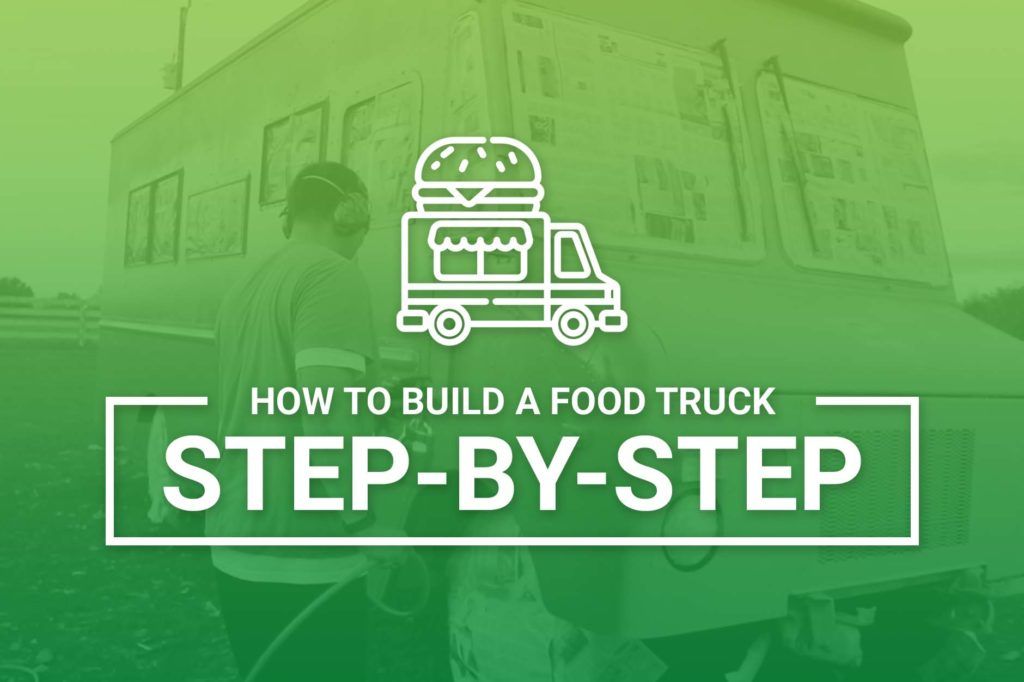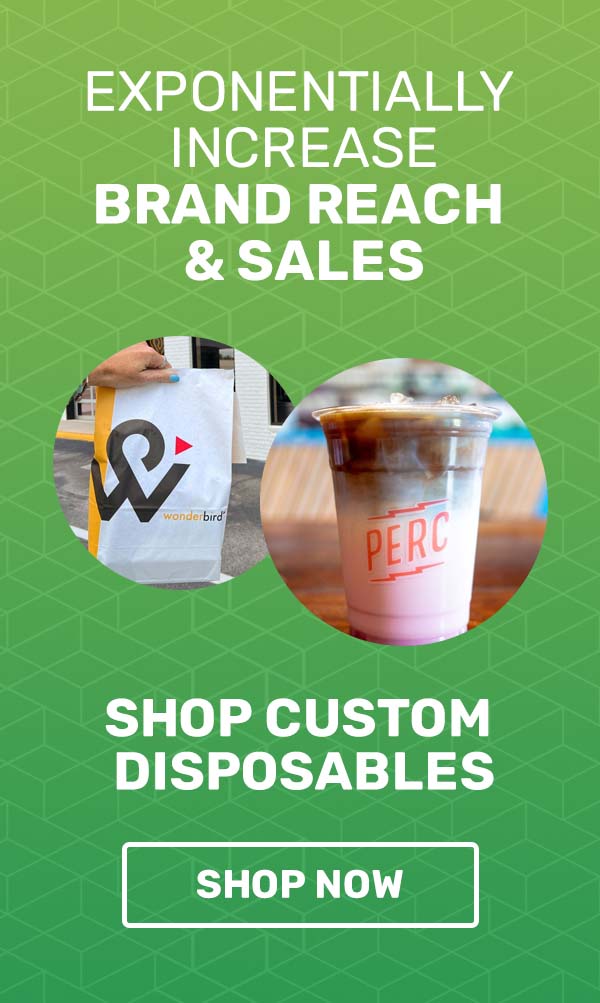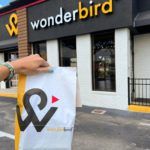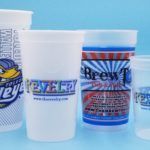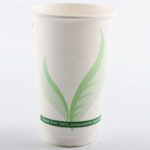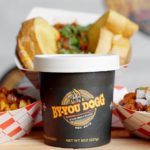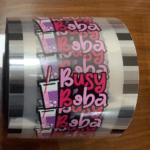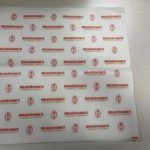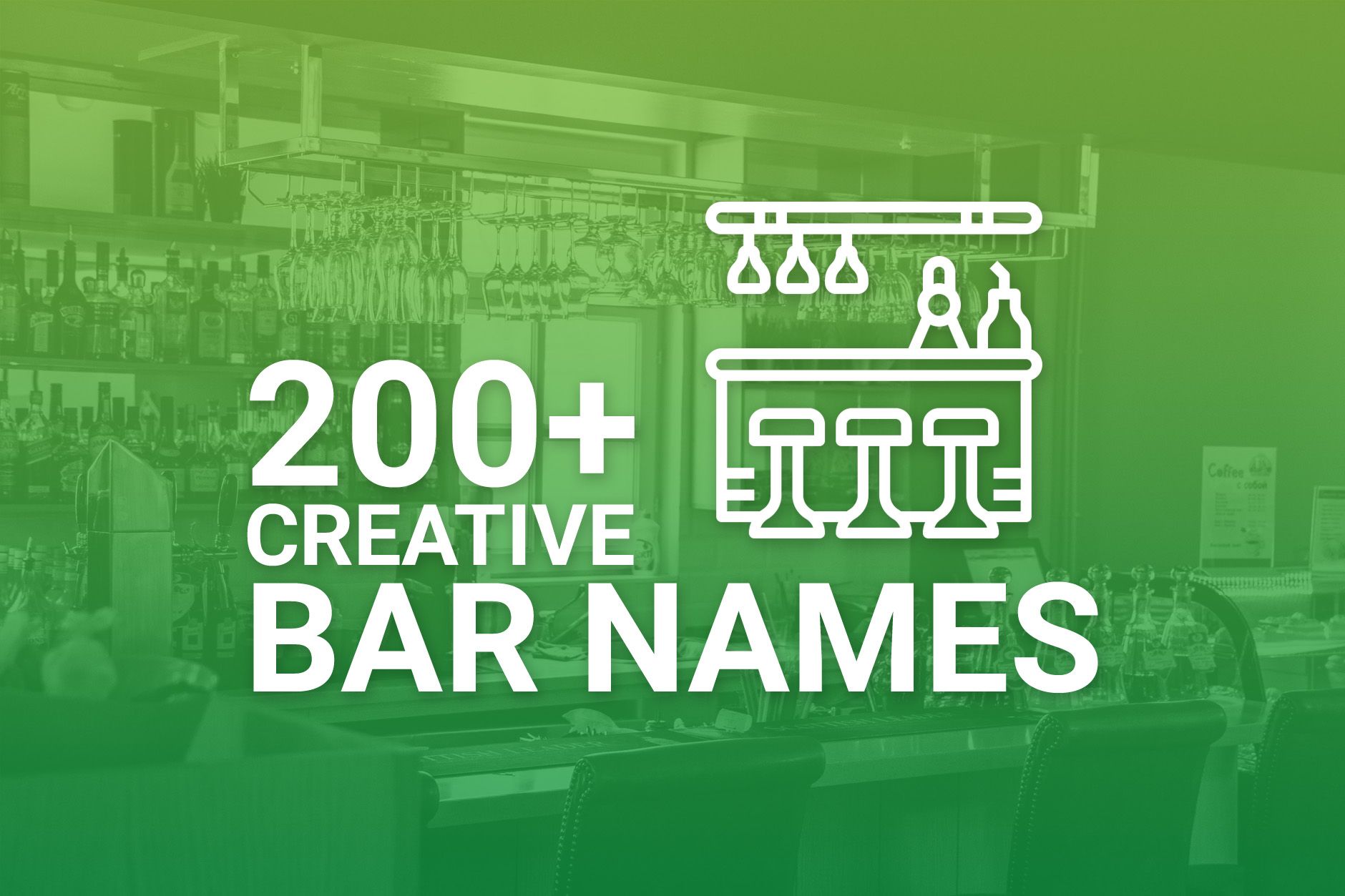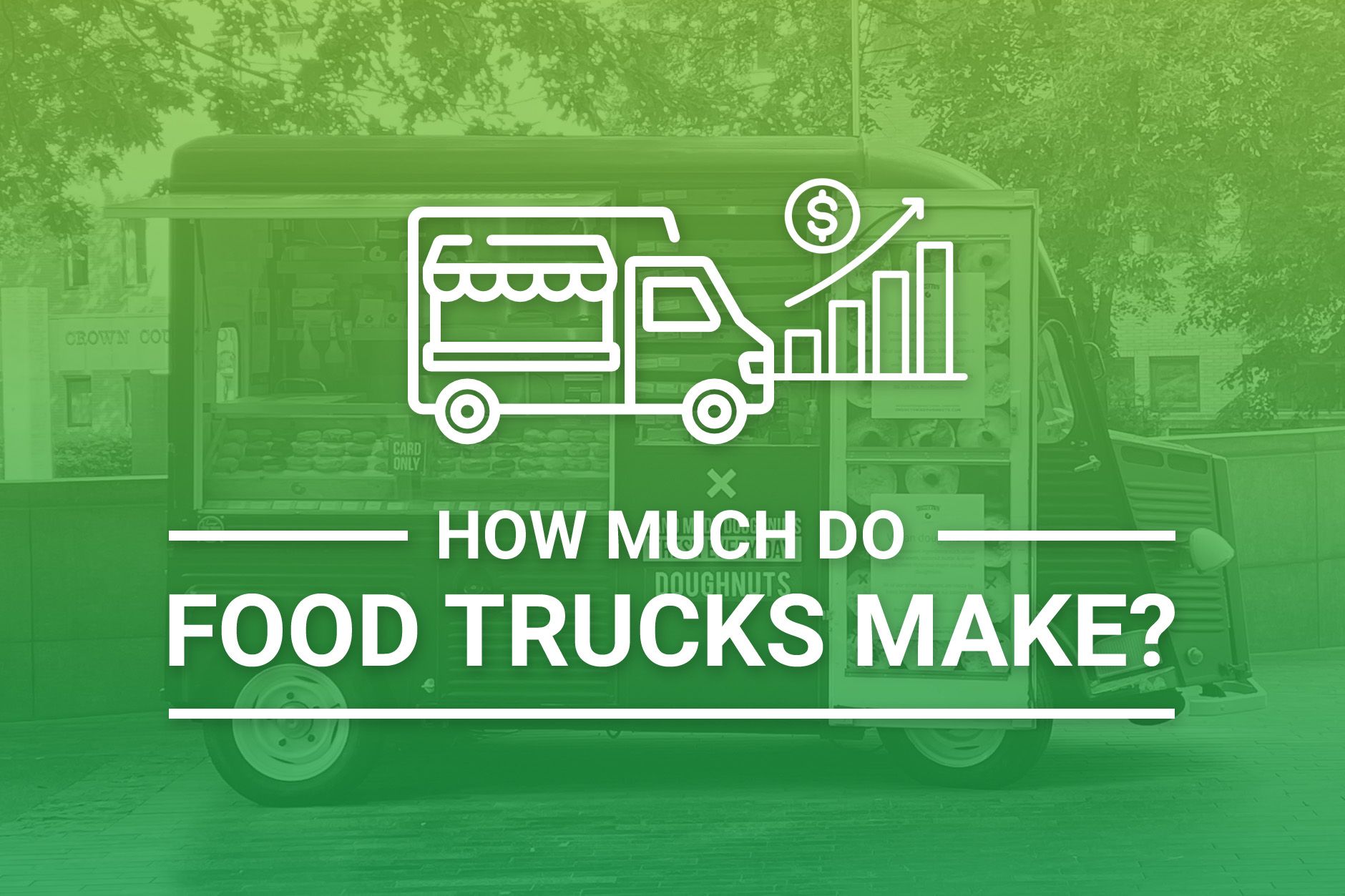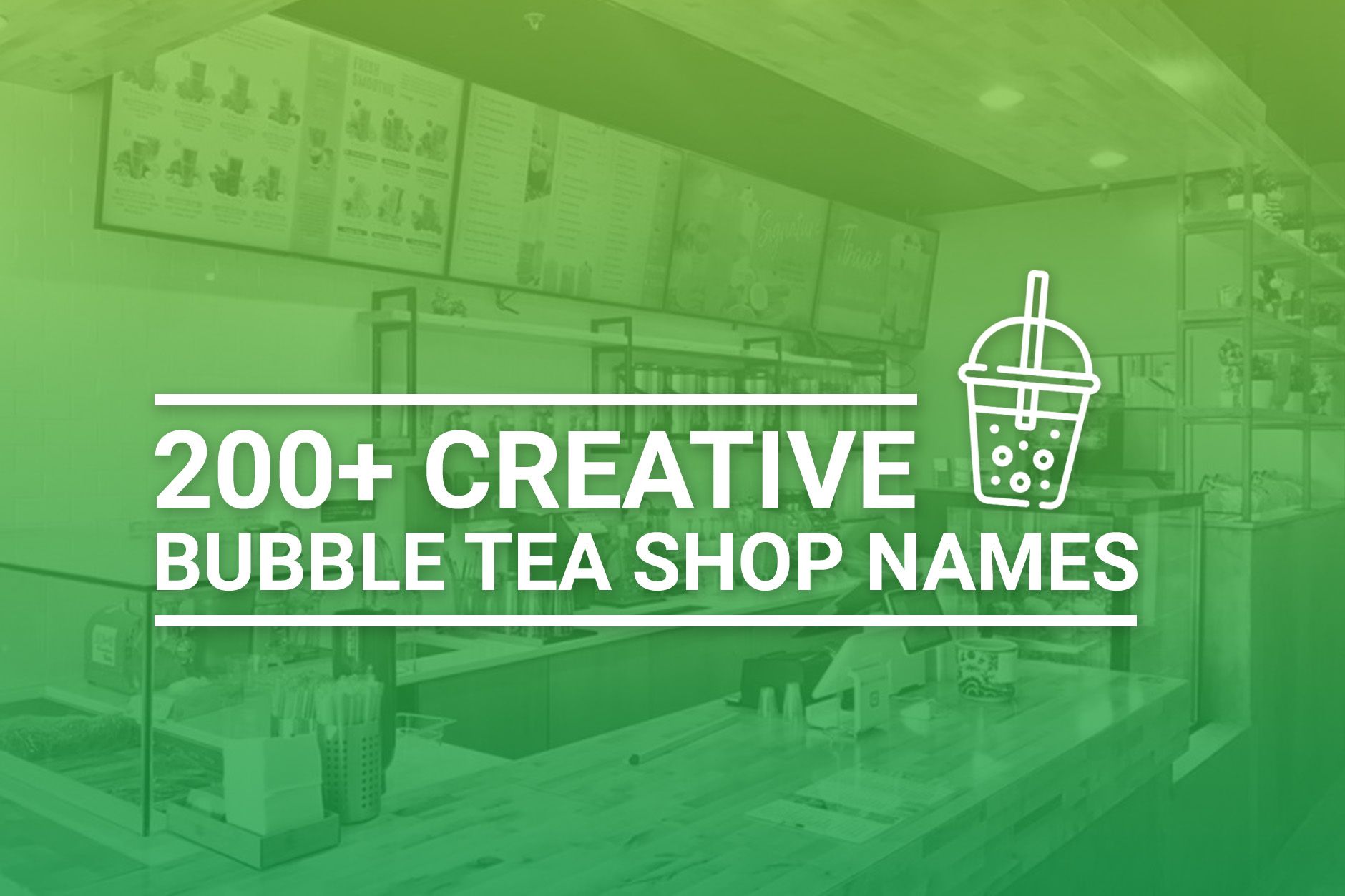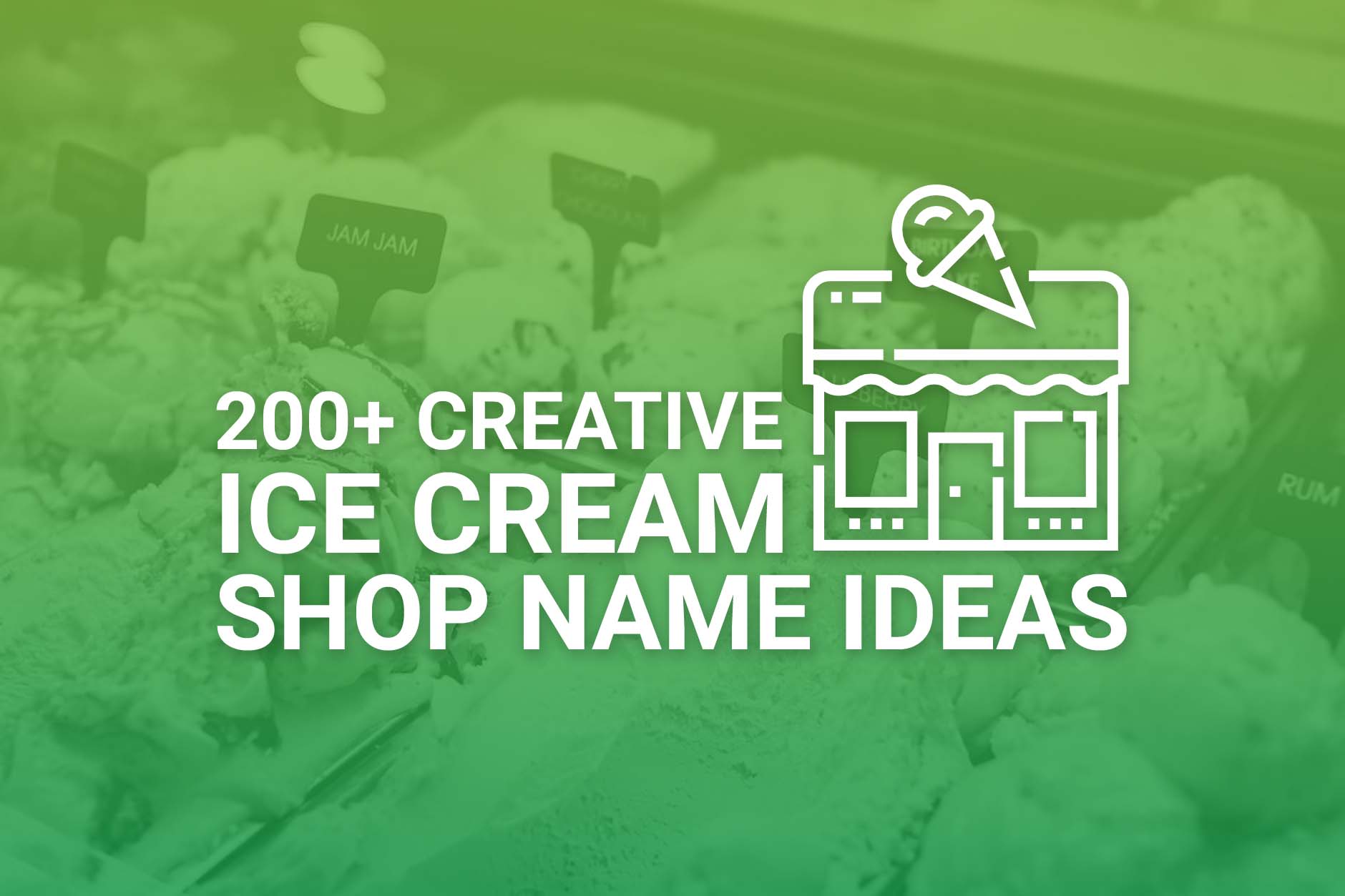Food trucks are wildly popular. If you go to almost any type of carnival, market, festival, or fair, you are almost certain to see at least a few food trucks offering a range of different foods. For this reason, it isn’t surprising that more and more people are trying to break into the food truck business.While owning a food truck requires a much smaller initial investment compared to a restaurant, there is still a lot of work associated with starting this type of business. This includes figuring out exactly how you will set up and build out the vehicle itself. Our step-by-step guide takes you through the process, from buying or leasing a vehicle to deciding on a power source to branding your truck.
Based in Michigan, Budget Branders works with food truck owners around the country to help them get the custom disposable products that they need (like custom paper bags, custom plastic cups, custom napkins, and custom deli containers) at a fair price. Our high-quality promotional items can all be printed with your business name and logo, which can help to expand your marketing efforts for pennies on the dollar. Reach out to our branding team today to learn more about our custom disposable products.
Why Build a Food Truck Instead of a Restaurant?
Compared to just 10 years ago, the food truck industry is booming. In 2021 alone, the industry was valued at $1.16 billion – and that number is only expected to grow in the coming years.For consumers, the appeal is obvious: food trucks offer a wide range of cuisines in convenient locations. For entrepreneurs, food trucks are also incredibly appealing for several reasons – particularly when compared to opening up a restaurant.
Low Initial Investment
Low Operational Costs
Second, food trucks have relatively low ongoing operational costs. While you will have certain expenses – like gas, food, and other supplies – you won’t have the heavier burden of furnishing and maintaining a restaurant. Food trucks also typically have few employees and a more limited menu, so labor and inventory costs are far lower.
Ability To Operate In Multiple Markets
Third, food trucks are not tied to a single location. With a food truck, you aren’t limited to whoever happens to be near the physical location of your restaurant. You can drive to where the business is, whether that means a busy area with lots of offices, a festival, or a special event.
Smaller And More Flexible Menus
Fourth, food trucks allow you to experiment with your menu and concept to refine it over time. Customers are primed to expect new offerings from food trucks – and you may be serving different crowds each week. This enables food truck owners to experiment more with their offerings and figure out what works best both in terms of attracting customers and their profit margin.
Ability To Scale Easily
Fifth, it is often easier to build or expand a brand with a food truck. Because the initial investment and operating costs are far lower for a food truck than for a restaurant, it will be easier to grow your business if it is a success. You can also more easily build a broader customer base by going to breweries, farmer’s markets, and other places where more people will be exposed to your brand. Nico Vergara’s story is a great example. He initially tested his New Zealand ice cream concept using an ice cream cart. He built a brand using his cart before he expanded into two brick-and-mortar stores.While a food truck isn’t the right choice for everyone, it can be a great business opportunity for an entrepreneur. If you are interested in starting your own food truck, read on to learn more about how to build one from scratch.
Building a Food Truck: Step by Step
In a separate post, we explained how to start a food truck, which touched on everything from drafting a business plan to hiring employees. In this post, we dive into the nitty gritty: how do you actually build a food truck?
There are a lot of things to think about when it comes to the design, layout, and technical build of your food truck. Important considerations include:
- Your menu
- The equipment that you will need
- How you will power the equipment
- Whether your truck will largely be stationary or will drive longer distances
- How many people will be working inside your food truck
- Your budget
With these items in mind, it is time to get started on building your food truck – and your dreams!
Step One: Buying or Renting a Food Truck
The first step in the process of building a food truck is choosing a vehicle. Before doing so, you should have some idea of what your basic needs will be. For example, if you require a lot of space for kitchen equipment (like griddles, a deep fryer, or even an oven), then you will likely need a larger vehicle. If you are running something like an ice cream truck, you may be able to get away with a more compact van.Depending on your situation, you may want to sketch out a rough layout of your food truck before buying or leasing a vehicle. However, it is also possible to find a great vehicle and then start the design process (particularly if you don’t need a lot of specialized equipment). At a minimum, you should have a rough notion of what you need and want.
There are some factors that you should keep in mind when buying or leasing a food truck. This includes:
- Fuel source: While electric vehicles are more sustainable, it may be difficult to find a charging station on the go. Electric vehicles may also be a much more expensive option for a larger auto like a food truck.
- Style: The look of the vehicle can play an important part in your branding. If your brand is vintage and quirky, then a large, boxy truck might not work for your needs
- Size: A bigger vehicle will give you more space for equipment and to work in, but it also means that you will have a harder time maneuvering it and finding parking.
- New vs. used: A new food truck can be customized to your exact specifications, but will often be more expensive. You may be able to retrofit a vintage truck, bus, or van to meet your needs for far less money.
As you shop, remember that the truck will be your primary asset and the literal vehicle for your profits. You want to make a good investment, so it is smart to take your time – measuring interior spaces, asking your mechanic to check the vehicle over, and even consulting with a contractor about the feasibility of renovating it for your purposes.
Step Two: Figuring Out the Technical Details
One of the most challenging aspects of designing a food truck isn’t deciding what color it will be or if you’ll have an awning over the serving area. It is determining how you will power and run your food truck.Your vehicle may run on gas, electricity, or biodiesel, but your equipment will need its own power source. At a minimum, your food truck will likely need a refrigeration system to keep foods cool – and will probably also need something for cooking or heating up food. You will need some sort of separate system to provide power to your kitchen equipment.
The two main options for powering your food truck are a generator and solar panels. A generator can run on fuel or even on biodiesel – like your used vegetable oil! The key is to ensure that you have enough of whatever type of fuel you use to keep your equipment running.
Generators are a reliable power source, particularly if you invest in a commercial generator. However, they produce both carbon monoxide and heat, which can be dangerous. If you decide to use a generator, have it professionally installed to minimize these risks.
Solar panels will likely cost more upfront but may save you money over time (provided that you live in a place with enough sun for them to work!). As a bonus, you can use the fact that you have a sustainable energy source as part of your marketing strategy.
Step Three: Designing the Layout
The next step is incredibly important. The interior layout of your food truck will greatly impact your efficiency and effectiveness as a business. Think of it this way: if you don’t have your food truck set up in a way that allows you to serve customers quickly and prepare food properly, your venture may ultimately fail.There are certain items that you must have in your food truck, including:
- Proper ventilation
- An emergency exit
- Refrigeration
- Food preparation area
- Dry storage
- Cooking equipment, such as grills, deep fryers, griddles or stove tops, and/or ovens
- A plating area
- Serving area
- A sink or place to clean up and wash hands
You will need to arrange all of this in a way that allows you – and any employees – to move about the food truck with relative ease. You also want to make sure that you have easy access to the things that you will need. For example, you won’t want to have to take out 15 items in order to get to take-out bags that you use constantly throughout each business day.
It is possible to handle the design process yourself – but you will want to carefully consider whether doing so will cost you more money in the long run. There are many services that can design your food truck layout for you, from locating equipment in the proper place for power and efficiency to making sure that your design complies with local health and safety regulations.
Step Four: Choosing the Equipment and Finishes
Once you have a design in place, it will be time to choose your equipment and finishes. You should already have specified the type of equipment that you will need as part of the design process, as well as the general size. At this stage, you can make purchases that fit your budget and your needs.At the same time, you will need to choose finishes. Stainless steel is always a good choice for work surfaces and for storage. It’s durable, easy to clean, and looks good. For floors, you will want to choose something non-slip and heat-resistant for safety.
Step Five: Setting Up Your Serving Area
When you design a restaurant, you will typically have a lot of chances to make your customers feel welcome and to show off your style. With a food truck, you won’t generally have a seating area or decor. That makes your serving area incredibly important when it comes to design.First, consider the height of the serving area. Food trucks tend to be taller than most passenger vehicles, which often means that the serving counter is higher. If possible, you may choose to have a lower counter where your customers can more easily order and pick up their food.
Second, think about the ambiance and the guest experience. Many food trucks have signs up with their offerings, along with paper or laminated menus that guests can pick up and browse while waiting in line. You can also add elements like string lights to make the area welcoming.
Third, consider condiments, utensils, napkins, and other necessities. If you won’t have space on your serving counter for these items, how will you get them to customers? You may even choose to set up a separate table alongside your food truck with things like ketchup, hot sauce, salt, and pepper.
Fourth, consider your point of sale (PoS) system. While you can run a cash-only business, it can be hard to keep track of your profits and losses – or even to keep enough cash on hand to make change during a busy lunch hour. Plus, customers expect to be able to pay with a card, Apple Pay, or another digital option. Buying some type of software will make it easier to manage your finances and inventory – and it will also keep your line moving smoothly.
Step Six: Branding Your Food Truck
Finally, you will need to brand your food truck. As part of your business plan, you should already have a branding strategy, which will include things like colors, design, and logo. The last step of building your food truck will involve bringing your branding strategy to life.Remember: your food truck is the visual representation of your business. Branding is your opportunity to make sure that people recognize and remember your company. You can achieve this in a number of ways, such as by hand painting your truck, getting a vinyl wrap, or adding little elements that reflect your brand, like vinyl decals on your menu board.
Keep the branding consistent to maximize your marketing efforts, and don’t forget to carry it through to other items – like promotional products such as branded plastic cups. With a food truck, all of your menu items will be served to go, which means that it is especially important to use custom-printed disposables.
How Budget Branders Can Help
Running a food truck can be incredibly rewarding, but it takes a lot of time and energy to get one up and running. In addition to dealing with legal issues like permits and licenses, you also will have to figure out the technical details, like a power source and the layout of your equipment and storage. Putting some time into figuring out these issues before you start building your food truck can save you a lot of time and money in the long term.Budget Branders works with all types of businesses in the food and beverage industry – including food trucks. We offer high-quality, custom-printed disposable products that are perfect for food trucks. Some of our most popular custom products for food trucks include branded wax deli paper, custom foil sandwich bags, custom coffee cups, and custom soup bowls. All of our products are offered in smaller quantities so that you don’t have to worry about all of your truck’s storage being taken up by disposables.
Whether you need branded cups, bowls, bags, or any other promotional item for your food truck, we can help. To learn more or to request a quote, contact us today by pressing the live chat button, or sending us a message online.
